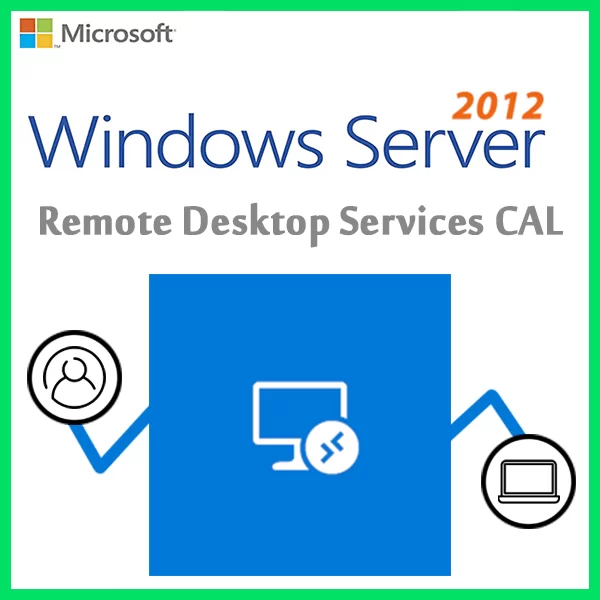Home » Exploring Active Directory: Core Functionality and Benefits
Exploring Active Directory: Core Functionality and Benefits
Active Directory (AD) serves as a central component in Windows operating systems, offering a robust set of functionalities for managing users, resources, and network configurations within an organization. Let’s delve into the core functionalities and advantages of Active Directory.
Centralized User Management
User Authentication and Authorization
Active Directory authenticates and authorizes users’ access to resources within the network, ensuring secure and controlled access.
Single Sign-On (SSO)
Enables users to access multiple resources using a single set of credentials, streamlining login processes and enhancing user experience.
Resource Management
Group Policy Management
Allows administrators to define and enforce policies, configurations, and security settings across multiple devices within the network.
File and Print Services
Facilitates centralized management of file shares and printers, ensuring efficient resource utilization and access control.
Directory Services
Hierarchical Data Storage
Organizes data hierarchically, storing information about network resources such as users, computers, and printers in a structured manner.
LDAP Integration
Supports Lightweight Directory Access Protocol (LDAP), allowing interoperability and seamless integration with other directory services.
Security and Access Control
Role-Based Access Control (RBAC)
Enables administrators to assign roles and permissions based on job functions, ensuring granular access control.
Security Groups
Facilitates the creation of security groups to manage access permissions, simplifying user management and resource access.
Scalability and Flexibility
Scalable Infrastructure
Supports scalable infrastructure, allowing organizations to expand and adapt to changing needs without compromising efficiency.
Multi-Domain and Forest Structures
Allows the creation of multi-domain and forest structures, accommodating complex organizational hierarchies and requirements.
Disaster Recovery and Redundancy
Backup and Recovery
Offers backup and recovery options for Active Directory data, ensuring data integrity and continuity in case of failures.
Active Directory stands as a robust directory service offering a myriad of functionalities essential for centralized user management, resource administration, and network security within organizations. Its versatility, scalability, and security features make it a fundamental tool for efficient IT infrastructure management.
Recent posts

DHCP and DNS Services: Essentials for Network Functionality
Explore the critical roles of DHCP & DNS in networks, enabling efficient IP address management and domain name resolution.

Understanding File and Storage Services in Windows Server
Explore Windows Server’s File & Storage Services for efficient data management, storage, and sharing within networks.

Introduction to Windows Server Roles and Features
Explore the fundamentals of Windows Server roles and features to optimize server functionality and performance.











